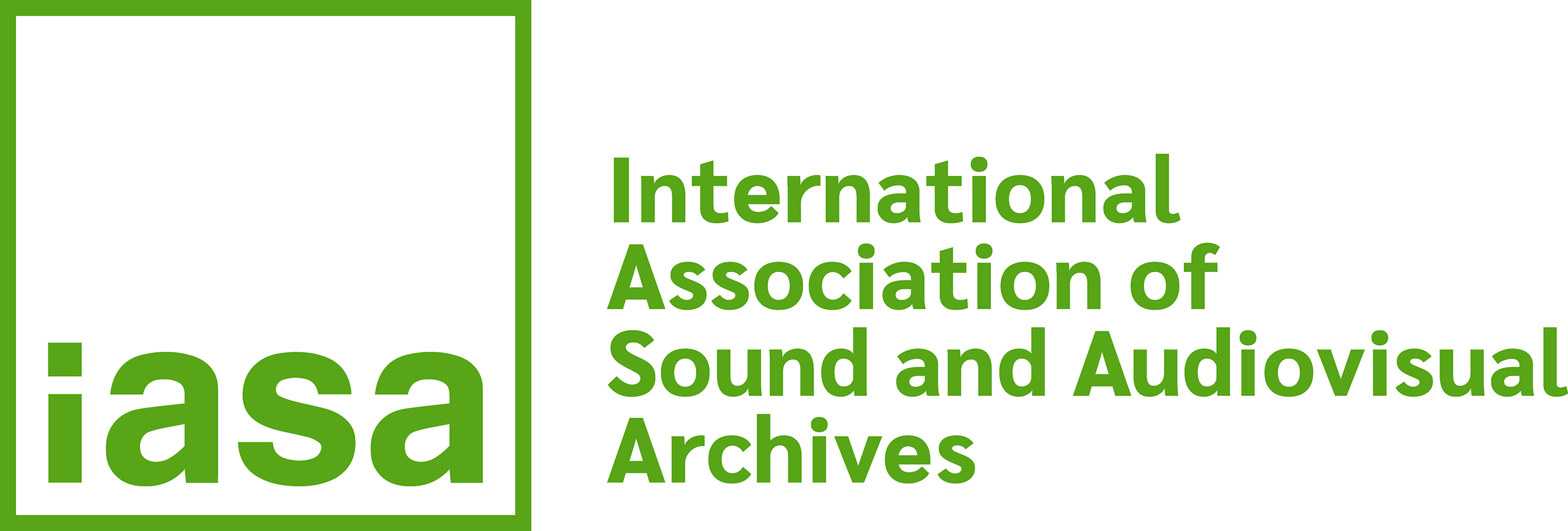5. Restrictions on the use of recordings
Generally, providing basic reference and access services to a collection of sound recordings will present few insurmountable problems. Most professionally staffed sound archives will be able to develop procedures to handle telephone and postal inquiries, disseminate information about its holdings and provide an in-house listening service. The greatest obstacle occurs when the researcher wishes to obtain copies of recordings. When this happens considerable legal, institutional and financial problems often surface and interfere with the researcher's rights to access and use. Research in recorded sound can be seriously hampered by the complexity of legal problems involved with duplication requests. Not only do copyright laws, which vary from country to country, become involved, but recordings often have other restrictions on use placed upon them by the donor, owner or by institutional policies (for example, many broadcast organizations restrict access to their program archives and allow in-house broadcasting use only). For sound recordings in music archives especially, the plethora of possible restrictions and the number of permissions required can seem almost overwhelming to the researcher.
In devising procedures to assist access and at the same time enforce restrictions on use, many sound archives provide duplication of recordings based upon the general premise of whether the request is for commercial or non-commercial use. Non-commercial use normally involves requests for one copy for personal use, private research and study, or educational and classroom uses. Commercial use encompasses practically all other requests, such as use for broadcast, public presentation, further duplication, transmission or sale. The general principle to be stressed, however, is that the sound archive should provide its users with the widest access possible without infringing the owner's rights. That is to say protection of rights that may reside in a recording must be balanced against such researchers' rights as exist to have and use recorded sound materials.
To establish and enforce a viable policy of duplication, since sound archives often do not hold the rights to recordings in their custody, it is vitally necessary to obtain wherever possible full documentation of use restrictions at the time the recordings are acquired. This documentation should clearly explain the rights involved and the terms of access and use, especially regarding future duplication. Having this information available helps to crystallize and buttress an access and duplication policy. Not having this information, or not stressing the need for it to be obtained, leads to important collections of archival sound recordings being closed to research use because the archive either accepted unreasonable restrictions or did not clarify what rights were involved and who should be contacted for clearances. The net result is an unnecessary and unwarranted protection of undefined donor's rights and, thereby, a violation of the researcher's right of access and use.
In accepting restrictions on the use of recordings, it is recommended that any which go beyond those imposed by law be subject to some limitation in time, so that all sound recordings that are preserved will eventually be open for use and duplication. If a donor or owner insists on unreasonable or discriminatory restrictions on use, a sound archive should hesitate to accession the recordings. It may be difficult to justify the preservation, particularly at public expense, of recordings that the archive may never be able to make available to its users.
When there is a valid restriction on use and the researcher is required to obtain letters of permission prior to duplication, it is a sound archive's responsibility to assist the researcher by providing current information, where possible, of the names and addresses of those to be contacted. Determining ownership of copyright and doing the research necessary to locate the copyright holder is, however, the researcher's responsibility.
In applying and enforcing restrictions, it is helpful for the sound archive to develop a standard form which can be used by the researcher to secure permissions. This form will help ensure that the archive will have all the pertinent information needed in convenient format to make a decision on providing duplicates.
When no information is on file regarding duplication, it may be necessary for the sound archive to require that the permission of all persons who took part in a recording (or their, heirs or estates) be obtained. If this proves impossible after reasonable efforts on the researcher's part (as defined by the sound archive), it is recommended that before a copy of the recording is released an indemnification form be signed by the researcher thereby absolving the archive of responsibility and liability, reiterating that there are or may be rights inherent in the recording, and placing the responsibility of how the copy is used on the researcher. (EDITOR'S NOTE: Though this is a useful expedient, its legality in any particular country should first be established.)
On any tap's copy made for researchers, it is a good policy for a sound archive to affix, both visually on the container and aurally on the recordings, a statement as to the restrictions that apply to its further duplication and use. This is especially necessary in countries where copyright laws and statutes are applicable to sound recordings.
In summary, where restrictions are imposed and clearances needed prior to duplication, a sound archive has an obligation to notify researchers of the terms of access and to maintain adequate files documenting agreements of deposit. Permission and release forms and other records relating to the use of the archive's recordings should also be retained.


